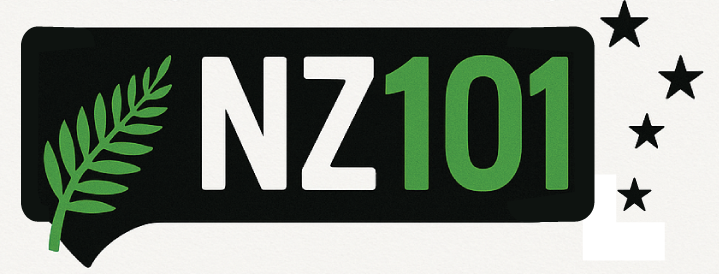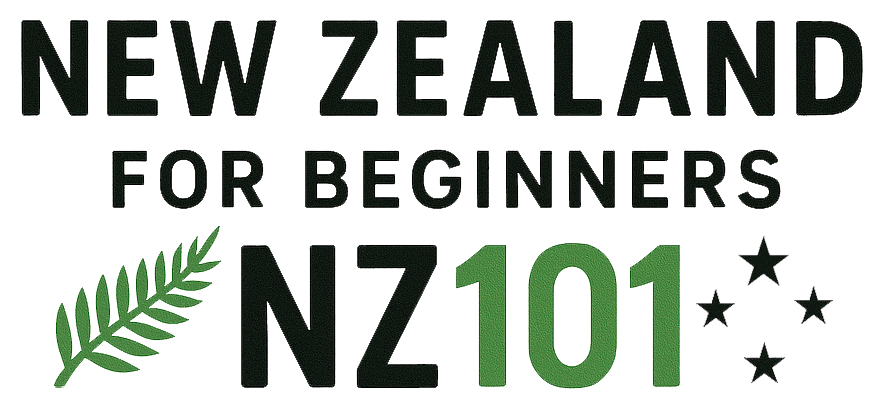Today, 17 July, is National Tattoo Day, so no better moment than now to reflect on the rich culture of tattooing in New Zealand.
I grew up in a country where tattoos were frowned upon. They were often associated with people from lower socioeconomic backgrounds and rebels. Admittedly, that was several decades ago. Since then, attitudes across much of the Western world, including Belgium, have shifted, and body art is now far more accepted.
When I first arrived in New Zealand, I was struck by how common tattoos were among the general public. It didn’t take long to realise that it was only a matter of time before one of my children would join in. Fast forward 10 years, and that’s exactly what happened.
When my then-17-year-old asked if he could get a tattoo, my immediate reaction was, “Not while you’re living under my roof!” After the initial shock wore off, that softened into “Just remember it’s permanent, so be absolutely sure,” then “Maybe later,” and eventually, “Whatever.”
Of course, he went ahead without telling me. One day, he proudly showed off a piece of art on his back, cleverly designed by his friend. To my surprise, I liked it. From that day, tattoos became a natural part of our family story.
There would be many more to come, but I’ll never forget that first moment of culture shock.
Tattoos in New Zealand
Now that I’ve lived in New Zealand for over two decades, I’ve come to understand the cultural significance of tattoos.
In New Zealand, tattoos are more than decorations; they are markers of identity, heritage and culture.
Whether you consider getting inked during your travels or are interested in Kiwi culture, here’s what you may want to know.
A Brief History of Tattooing Around the World
Tattooing is an ancient human practice that has appeared in cultures across the globe.
The oldest known tattoos were found on Ötzi the Iceman, a 5,300-year-old mummy discovered in the Italian Alps. He was found with 61 tattoos on his left wrist, lower legs, lower back and torso.
In Ancient Egypt, it was believed that tattoos held significant cultural, religious and protective meanings, particularly for women.
In Japan, tattoos, known as irezumi, shifted from spiritual significance to punishment and association with crime. Eventually, they regained popularity as a form of art and personal expression.
Polynesian tattoos act as powerful symbols of identity, social status, ancestry and spiritual beliefs.
While tattoos were once taboo in many Western societies, often associated with rebellion or crime, the 20th and 21st centuries saw a shift. Today, tattooing is widely accepted as a form of self-expression and creativity.
The Significance of Tā Moko and Kirituhi
The traditional tattoos of Māori, the indigenous people of New Zealand, are called tā moko. They are more than body art; they are worn with pride and tell a personal story about ancestry, social status and spiritual connection.

Historically, tā moko were applied using chisels called uhi, which carved into the skin, leaving grooves rather than punctures. They were highly symbolic. Facial moko, for example, reflected lineage, tribal affiliation and rank.
In recent decades, there has been a powerful revival of tā moko among Māori. Today, many Māori wear moko as a visible expression of pride and belonging.
While tā moko have a deep personal genealogical meaning for Māori, kirituhi is artwork inspired by Māori patterns but adapted for those without Māori ancestry.
If you’re considering a Māori-inspired tattoo, kirituhi would be a more suitable and respectful alternative. Consulting a knowledgeable artist is essential.
Tattooing in Contemporary New Zealand
New Zealand has a vibrant and diverse tattoo scene.
Local artists offer a wide range of styles influenced by global trends and local heritage. In most cities and town, you’ll find everything from sleek modern studios to intimate, culturally grounded spaces.
New Zealand has an abundance of talented tattooists who will design custom pieces that are a blend of local culture and personal meaning.
As mentioned above, tattoos are widely accepted here, but never forget that cultural designs should always be respected.
As a visitor or new resident, the following is important:
- Understand the meaning of a design before making it a permanent feature on your body.
- Choose an artist who has experience with cultural styles.
- Don’t copy sacred or person symbols without permission.
Remember that if you’re interested in Māori designs, choose kirituhi, as they are beautiful without representing someone else’s whakapapa (ancestry).
Tattoo Studios and Artists in Auckland
There are so many tattoo studios in and around Auckland, it is impossible to make a shor list of the best. Obviously, I have not tried any of these, but I did include my son’s tattooist, as I do believe he is very talented and reasonably priced.
Artero Tattoo (Birkenhead)

Andre of Artero Tattoo is a fine-line tattoo specialist and the artist behind my son’s numerous tattoos. I highly recommend him for his artistic skill and his adherence to the highest standards of health and safety.
Birkenhead is a 15-minute drive north of Auckland CBD.
Karanga Ink (Te Henga Valley)

Karanga Ink is a 50-minute drive west of the Auckland CBD.
The studio is owned and operated by renowned Māori artist Pip Hartley. Pip specialises in tā moko and culturally guided work in a serene bush setting, perfect for a truly meaningful experience.
Tattoo Gold (Takapuna)
This studio is a favourite among the locals.
It offers fine-line, realism and Polynesian designs and is known for crisp detail and high-quality work.
Takapuna is 10 km north of the Auckland CBD.
Ship Shape Tattoo (Dairy Flat)
This open-concept studio is home to artists skilled in realism and illustrative styles.
It is recommended for custom pieces that require depth and flair.
Dairy Flat is 7 km from my home in Ōrewa but 35 km north of Auckland.
Sacred Tattoo (Kingsland)

This is one of Auckland’s longest-running studios.
From their website:
Sacred Tattoo has been Auckland’s home of Japanese, traditional, illustrative and blackwork tattooing for over 20 years. In that time we have forged a reputation in the industry as not only pioneers of progressive tattooing in New Zealand but also as a studio that respects its clients as much as the art of tattooing itself. This has allowed us to position Sacred as one of the best tattoo studios in Auckland.
Kingsland is a 15-minute drive southwest of the CBD.
Planning Your Tattoo in New Zealand: Quick Tips
Do your research: do your vision and values match the artist’s style?
Respect the cultural significance of Māori designs: consider kirituhi over tā moko.
Check hygiene standards: don’t be afraid to ask questions about the studio’s adherence to safety standards.
Budget: quality ink costs more, but remember that a tattoo is permanent, so you don’t want to walk away with regrets.
Book in advance: many top artists are in high demand and have long waiting lists, so bookings are necessary.
Conclusion
In New Zealand, tattooing is more than a trend. It is a powerful expression of heritage, identity and creativity rooted in tradition.
Whether your chosen design marks a personal journey or a meaningful milestone, adding a touch of local culture can give it deeper significance.


